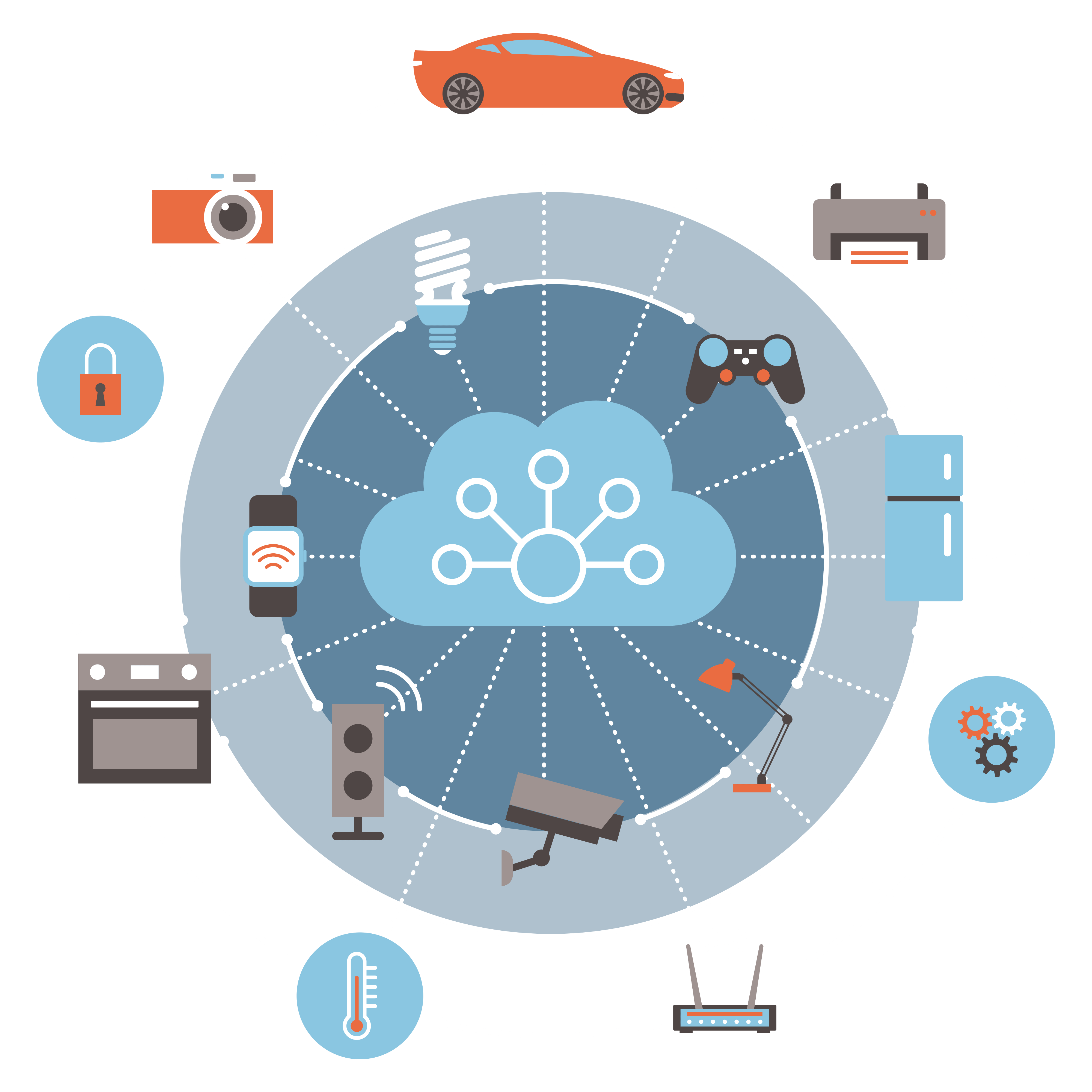A new study is trying to help people with dementia become more independent, via devices that use complex algorithms to recognise human activities. Simultaneously, their carers will receive unique insights into the condition. Here, Iggy Fenech chats to Dr Conrad Attard to understand how pervasive electronic monitoring works and what impact it is having.
You don’t even have to be paying attention to notice that your body is constantly reminding you to do things. If you do not eat, you get hunger pangs. If you are parched, your mouth dries up. If you hear a loud noise, your reflexes kick in. In its own amazing way, your body keeps you alive, nourished, and safe. But what happens when cognitive functions deteriorate, taking with them that link between body and brain?
Dementia is a condition that affects everything from memory to orientation, language to judgement, and afflicts tens of millions of people around the globe. It also impacts those nearest and dearest to the sufferers, as the more advanced the condition becomes, the more monitoring a patient requires.
It was with this in mind that Dr Conrad Attard, a Computer Information Systems lecturer (Faculty of ICT, University of Malta [UM]), set out to conduct a study to improve the use of wearable healthcare devices with pervasive electronic monitoring (PEM) capabilities.
‘One of the most unfortunate side-effects of dementia is that sufferers are often stopped from walking about because of the risk of injury and fatality,’ explains Attard. ‘Although ‘wandering’, as we call it, can be a positive thing, helping patients remain active, it requires someone to be with them constantly. But through a PEM system, which uses sensor-based monitoring, we could give a leap in the quality of life patients with dementia have.’
Currently in its early stages, researchers want to create a framework through which a wearable or implanted device can function.
‘We want to make it easier for carers to keep an eye on dementia patients without actually being physically present with them all the time. This can be done by creating datasets simulating complex human activity recognition, that would send updates to caregivers in real-time through a tablet application. The implications are huge.’
The real challenge here, however, is not to just track and let carers know when a person with dementia is at risk, but rather to anticipate danger. Therefore the device needs to be able to pre-empt dangerous scenarios, which can be anything from ingesting soap to walking out of hospital, and then give carers enough time to get to the patient before they potentially hurt themselves.
The proposed wearable devices would pick up on patterns of wandering, such as zigzagging, or walking backwards and forwards, and be able to differentiate between when a patient is walking aimlessly and when they are walking with purpose. Then, it would also need to find the probability of danger for the patient in their surroundings. Additionally, the device could serve as a way of collecting data that helps researchers and doctors understand dementia.
‘In order to turn this concept into reality, we need to improve our technologies and ensure that they are trusted by caregivers and comfortable for patients,’ continues Attard, whose background is in enterprise solutions, particularly aviation. ‘At this point in time we are testing the best solution through our recently established lab. Here, volunteers can simulate potential scenarios related to dementia and wandering, so that future devices would have the information needed to recognise potentially dangerous situations.

‘Of course the data required for such a project is vast, as collecting sensory data from devices wouldn’t only need to work remotely, but its software would also need
to be able to detect changes in the environment that could stop it from properly performing. It is for this reason that doctors, nurses, physiotherapists, occupational therapists, and management from St Vincent de Paul Residence (SVPR)—the people who work directly with dementia patients—are being consulted at every stage.’
Working together with Joseph Bonello (Department of Computer Information Systems, UM) and Dr Ronald Fiorientino (SVPR), Attard does not have all the funding for the project, but he and his team are adamant to keep at it.
‘According to Eurodrem 2013, an estimated 5,301 people have been diagnosed with dementia in Malta. That’s 1.26% of the population! Such a device could revolutionise the way we care for patients,’ Attard concludes.
The application of this technology is not limited to dementia cases. A new thesis by Attard and his team argues that the data being collected for the hypothetical device has the potential to be used to monitor many other chronic illnesses, and lead to the evolution of other technologies. In fact, they are looking to make all the collected data available to other researchers so as to facilitate the process for further technological development.
The project, which only commenced a year ago, is expected to take years to complete, but the potential impact it could have on thousands of people’s quality of life is what continues to drive Attard and his team.
This research is part of a project supported by Information Systems Limited (ISL) through the Research, Innovation and Development Trust (RIDT) in collaboration with SVPR and the UM.





Comments are closed for this article!